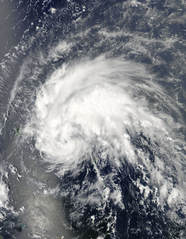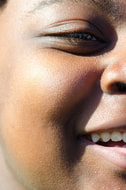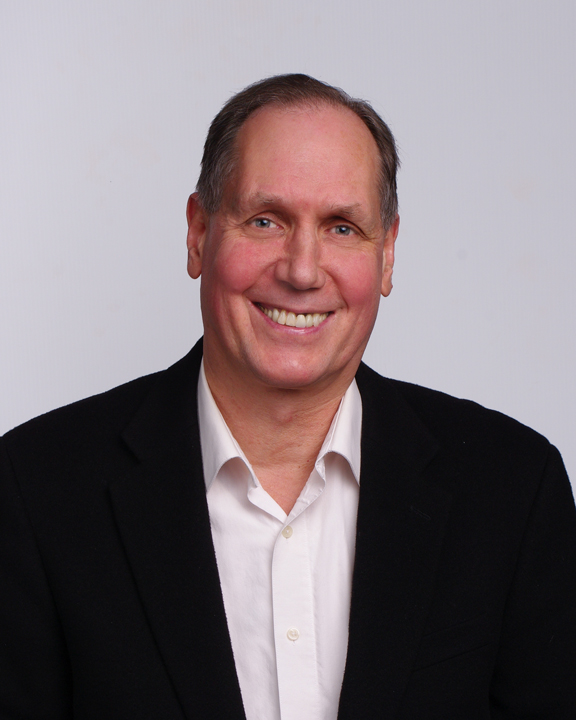
Some people in industrialized nations decide to make balance for the lack of exercise in their lives by adopting a popular exercise regimen. Types of exercise regimens range from mild to extreme. The fitness craze is big business and promotes these systems widely. People do a range of practices including spinning classes, aerobics, jogging, plyometric training, weight training, exercise bikes and elliptical machines and treadmills, Pilates, Gyrotonics, dozens of different yoga methods, stretching classes, core strength workouts and balance training.
Most modern western exercises and some eastern systems that have been incorporated in the west focus on external methods for gauging fitness such as aerobic capacity, endurance and weight lifting. These are measurable ways but they have limits in describing true fitness and well being.
Exercise has to be appropriate for one’s goals. What is appropriate exercise? An exercise routine used by a professional sports team or designed for 18-year-old US Marine recruits may not be appropriate for the average person who simply wants to improve and maintain health and vitality.
When goals or exercise methods are not appropriate for people, injuries are common from using modern exercise systems including yoga. There are many reasons for this including the wrong use of the body, isolating muscle groups for stretching and weight lifting, excessive amounts of exercise for the person causing exhaustion and too many repetitive motions when the body is out of alignment.
When stretching is done too long or too quickly, the body becomes tighter. This aggravates body misalignments. Weight training for the muscles also locks in body misalignments.
If we want to see examples of smooth coordinated movements, look at wild animals. Graceful movement is a dance of the various parts of the body in coordination. If we want that kind of desirable movement, we should do exercises that imitate in some ways their movements.
Unfortunately, when people get injuries from accidents or exercise, physical therapy can make the situation worse. Isolated muscles are focused on to strengthen or stretch. People can gain more movement but also more pain by forcing muscles to work.
In physical therapy, it is recommended not to move injured parts. A few years ago, I had injured my knee doing a body weight exercise. The advice that I got was not to use my knee. No twisting movements were recommended. I proceeded after the strong pain went down to begin gentle twisting motions which I believe aided in healing the knee.
The Chinese refer to frozen shoulder as “fifty-year-old shoulder.” The reason this condition is more prevalent in older people is largely because they move less. Movement is important and the kind we do makes a huge difference.
In addition to doing exercise incorrectly for a human body, people seem to be more attracted to movements that come easy. Men who have naturally stronger muscles do weight lifting and women who are hyper flexible do yoga. This also sets us up for injuries.
Exercises that engage the whole-body motion are best for health. These include walking, rowing, kayaking, dancing, Qi Gong, modern restorative body practices, internal martial arts, yoga and certain sports if done according to the person’s capacity.
Qi Gong and body balancing exercises such as Hanna’s Somatic s and similar practices like Physio-Synthesis can play unique roles in restoring bodies that are out of alignment and balance. It can help develop capacities that normally people don’t access in their bodies.
Chi Gung or Qi Gong is a different kind of exercises. Records have been found which reference Qi Gong for healing from the Han Dynasty (206 BC- AD 220). Over centuries these exercises were refined and expanded to include movements and exercise routines that prevent illness, strengthen the functioning of the internal organs, relieve pain and restore normal functioning of the bones, joints, tendons, ligaments and muscles. Qi Gong is an exercise system that is more beneficial to modern people than it was to the ancient Chinese.
The many benefits of Qi Gong are:
- Qi Gong exercises are based on natural movements that move the joints, soft tissue and bones in accordance with their natural design.
- In Qi Gong exercises the whole body is considered; each part in relation to all the other parts.
- Qi Gong exercises teach the body to move efficiently by balancing tension and relaxation.
- Qi Gong exercises work with the joints in their correct alignment.
- Qi Gong exercises reeducate the body, restoring its natural movement patterns through a kind of neuro-muscular re-programming.
http://www.who.int/news-room/fact-sheets/detail/physical-activity





 RSS Feed
RSS Feed